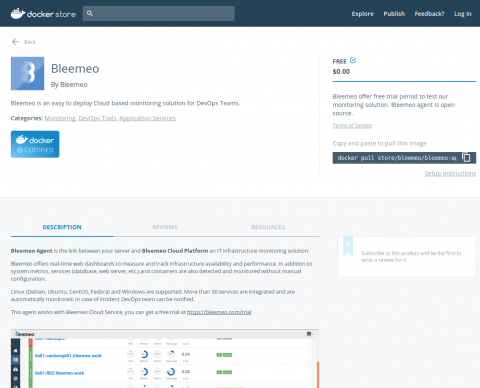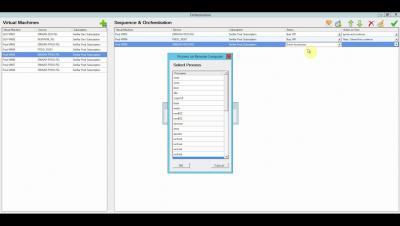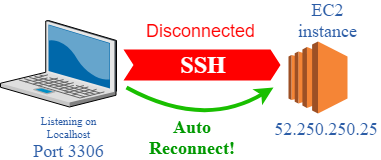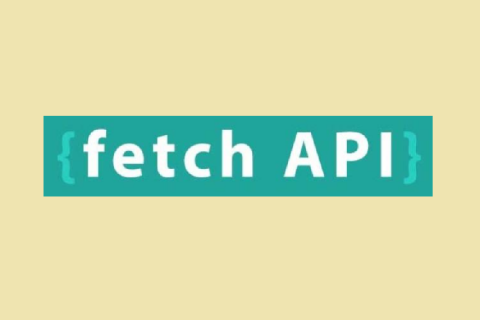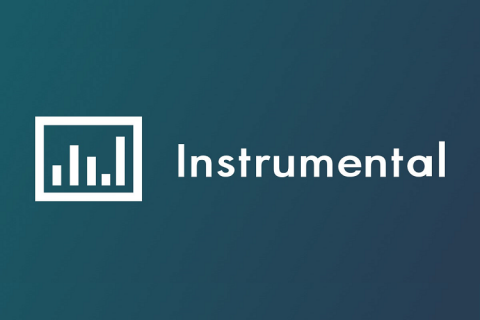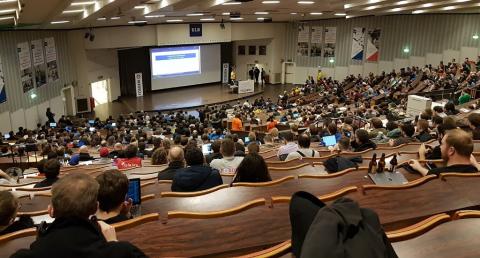Operations | Monitoring | ITSM | DevOps | Cloud
%term
Hardening against future S3 outages
On February 28, 2017, Amazon S3 in the us-east-1 region suffered an outage for several hours, impacting huge swaths of the internet. StatusGator was impacted, though I was able to mitigate some of the more serious effects pretty quickly and StatusGator remained up and running, reporting status page changes through the event. Since StatusGator is a destination for people when the internet goes dark, I aim to keep keep it stable during these events.
Bleemeo Joins the Docker Certification Program
We are happy to announce today that Bleemeo's smart agent has been accepted into the Docker Certification Program, a framework for partners to integrate and certify their technology to the Docker Enterprise Edition (EE) commercial platform. Starting today, Bleemeo's smart agent is now listed on the Docker Store as a "Docker Certified Container".
Azure VM Orchestration
Elasticsearch for logs and metrics: A deep dive - Velocity 2016, O'REILLY CONFERENCES
Automatically re-connect a disconnected SSH session with AutoSSH
Automatically detect network failures and reconnect with AutoSSH. This tip lets you create a persistent connection between two servers, or between your desktop and server, and have it automatically re-connect.
Monitoring performance of your Fetch API
The fetch API allows you to make network requests similar to XMLHttpRequest (XHR). We already wrote a blog about how Fetch API are simple and yet powerful compared to XHR. Atatus now supports Fetch API monitoring out of the box. You don’t need any special configuration to measure performances of the Fetch API.
Free Application & Server Monitoring + New Metered Pricing
We’ve updated Instrumental’s pricing to be fully metered and we replaced our 30-day trial with an entirely free Development Plan. While Instrumental’s pricing has been usage-based for a long time, this new model eliminates our plans and minimum spend requirements. With no minimum monthly spend, Instrumental is now a much better fit for smaller projects.
FOSDEM 2017, Monitoring and Cloud, recap
Last week-end, we were attending FOSDEM, in Brussels for one of the largest and maybe the largest open source conference over the world with about 8000 attendees from all over the world. Here is our recap.
Amazon Kinesis: the best event queue you're not using
Instrumental receives a lot of raw data, upwards of 1,000,000 metrics per second. Because of this, we’ve always used an event queue to aggregate the data before we permanently store it. Before switching to AWS Kinesis, this aggregation was based on many processes writing to AWS Simple Queue Service (SQS) with a one-at-a-time reader that would aggregate data, then push it into another SQS queue, where multiple readers would store the data in MongoDB.




